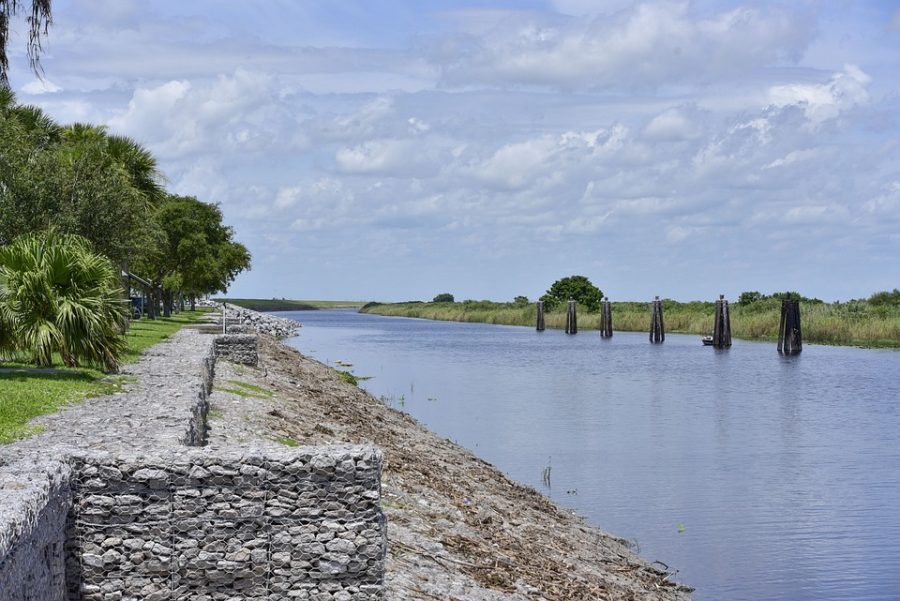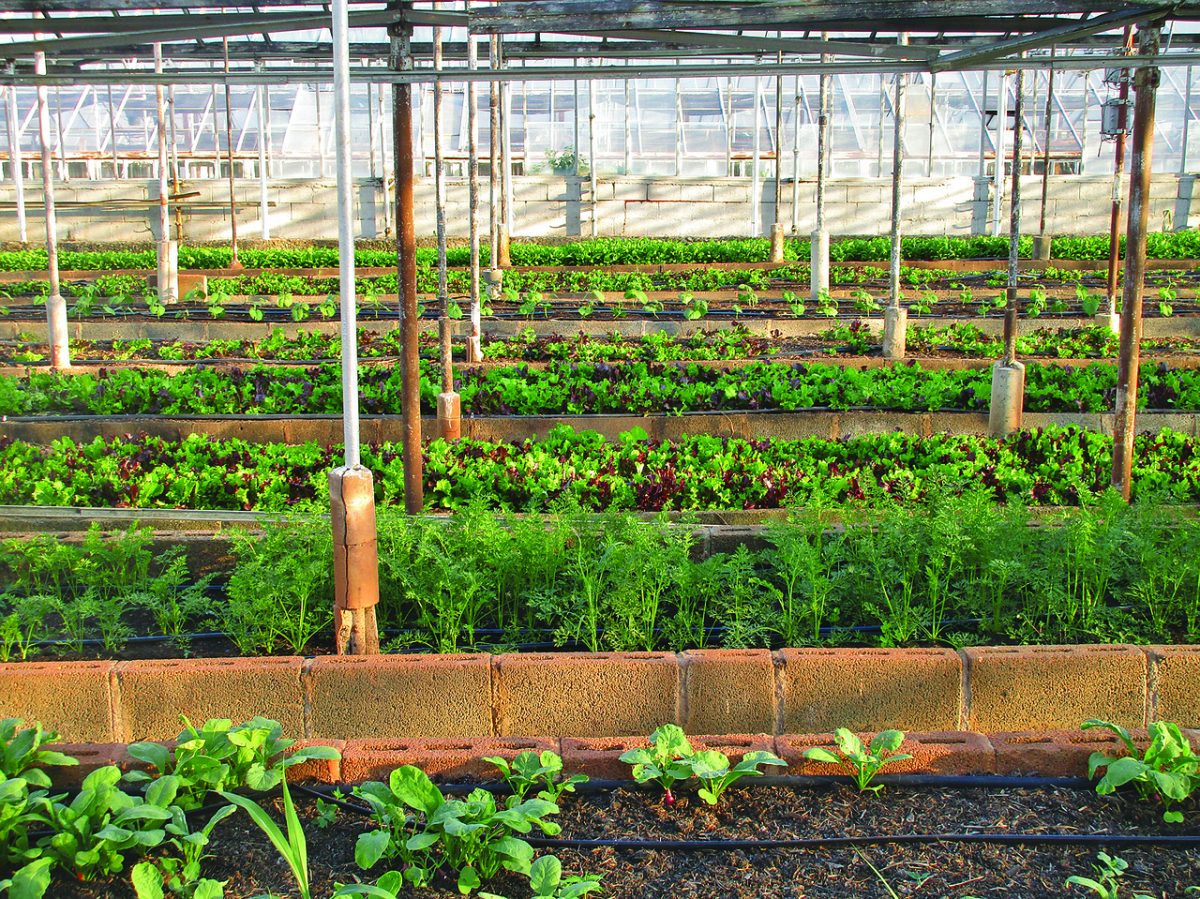The Pollution of Lake Okeechobee
April 6, 2023
The majority of Floridians are aware of the issues following the largest lake in their state. Lake Okeechobee is almost 30 miles wide and is a truly impressive site. With a lake this big, one would assume that swimming must be very popular. Yet this is not the case with Lake Okeechobee due to the heavy pollution. This also applies with fishing: Okeechobee is a popular fishing spot but the fish there are not safe to eat due to the toxic algae that populate the lake. The pollution does not just stay in Lake Okeechobee: water movement causes Okeechobee’s pollution to become an issue across Florida.

One of the main causes of all the pollution is agriculture, as it causes pesticides and fertilizer which run off into the lake. This has caused a large amount of phosphorus in the water, which as a result causes toxic algae blooms this is called eutrophication. These algae can be very dangerous to Florida ecosystems. When Lake Okeechobee overflows or drains, the runoff will go into the Everglades. This is essential for the Everglades to thrive, but because of the lake’s pollution, it has been causing some issues.The Everglades is an ecosystem that is already struggling due to urbanization and pollution. The discharge causes blooms of blue-green algae which is incredibly harmful to wildlife and humans. The algae have killed pets and livestock that have drank it and made humans incredibly ill. It is caused by phosphorus and nitrogen, which makes Lake Okeechobee the perfect spot for it to grow. With the Everglades being home to over 70 endangered species the algae put them at high risk.
The pollution of lakes also affects our oceans. This is because the water from Lake Okeechobee is released into rivers and often ends up in the Gulf of Mexico and the Atlantic Ocean. The discharge of Lake Okeechobee then causes red tide blooms as a result. Red tide is another type of algae that happens naturally in the environment but has been worsened due to pollution. Red tide can make humans very ill, especially those with respiratory conditions, and will affect sea life. The University of Florida has proven that there is a connection between red tide and the polluted waters of Lake Okeechobee. It was also suspected, but there never has been solid proof till recently.

This is not a recent issue; Lake Okeechobee has been facing damage since the 1980s. The issue with agricultural phosphorus is that it is hard to get rid of. Even if we stop dumping the ~450 metric tons of phosphorus into Lake Okeechobee a year, it would still be leaking into the lake for hundreds of years afterwards. This is due to how contaminating the phosphorus truly is. There is currently no known solution to the problem, but there are developments in mitigation strategies. The U.S. Army Corps of Engineers has been looking into a solution and have been working on the Lake Okeechobee Watershed Restoration Project. Although it will take years to take back the damage that has been done to Lake Okeechobee, it is a good start and hopefully, Floridians in the future will only need to worry about the alligators in the lake and not the toxic algae blooms.









